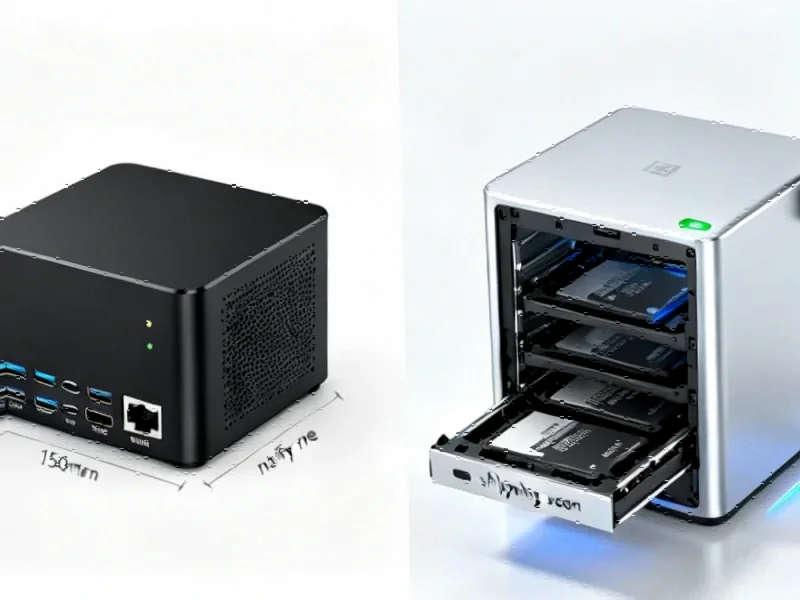Samsung’s Chipset Revolution: Exynos 2600 Takes Center Stage
Samsung is poised to make a dramatic return to its in-house chipset strategy with the upcoming Galaxy S26 series, according to industry insiders and recent leaks. The Exynos 2600, Samsung’s next-generation system-on-chip, is reportedly demonstrating performance metrics that could potentially outperform both Qualcomm’s Snapdragon 8 Elite Gen 5 and Apple’s A19 Pro processors. This represents a significant shift from Samsung’s previous regional chipset distribution approach and signals the company’s renewed confidence in its semiconductor capabilities.
The decision to potentially equip all Galaxy S26 models with the Exynos 2600—albeit with regional variations—marks a strategic pivot for Samsung. Industry observers note that this move could streamline production while allowing Samsung to better control its supply chain and differentiate its flagship devices in an increasingly competitive market. The implications of this shift extend beyond mere performance metrics, potentially reshaping global semiconductor partnerships and manufacturing dynamics.
Performance Breakthrough: Exynos 2600 Technical Specifications
According to detailed reports from semiconductor industry trackers, the Exynos 2600 is expected to deliver generational leaps in multiple performance categories. The neural processing unit (NPU) is reportedly six times faster than Apple’s A19 Pro chipset and approximately 30% more powerful than Qualcomm’s competing solution. This substantial AI performance improvement aligns with the industry’s increasing focus on AI integration across computing platforms and could enable advanced on-device machine learning capabilities previously unavailable on mobile devices.
Beyond AI-specific enhancements, the Exynos 2600 demonstrates impressive gains in traditional computing metrics. Multi-core CPU performance is said to exceed the A19 Pro by 14%, while graphics processing shows the most dramatic improvement—a remarkable 75% advantage over Apple’s flagship chip and up to 29% faster than the Snapdragon 8 Elite Gen 5. These performance characteristics position Samsung to compete aggressively in the high-end smartphone segment, particularly as manufacturers explore breakthrough technologies requiring increased computational power.
Regional Distribution Strategy and Market Implications
Despite the apparent performance advantages, Samsung will maintain a dual-chipset approach across different markets. Sources indicate the company aims for a roughly 50/50 split between Exynos 2600 and Snapdragon 8 Elite Gen 5 variants. The United States, China, and Japan will reportedly receive Qualcomm-powered devices, while Korea, Europe, and other regions will feature the Exynos 2600. This nuanced approach reflects Samsung’s understanding of regional preferences and the complex dynamics of global technology markets where consumer perceptions and carrier relationships vary significantly.
The regional strategy also presents an interesting manufacturing scenario. Samsung Foundry has reportedly secured orders to produce Snapdragon 8 Gen 5 chips, likely utilizing the advanced 2nm Gate-All-Around (GAA) transistor technology. This means that regardless of chipset branding, Samsung manufacturing technology could power all Galaxy S26 models to some extent. This dual role as both chipset designer and manufacturer for competitors highlights the complex interdependencies in modern technology ecosystems where companies simultaneously compete and collaborate.
Galaxy S26 Series Configuration and Model Lineup
The chipset distribution is just one aspect of the evolving Galaxy S26 series strategy. Recent reports suggest Samsung is reconsidering its model naming conventions and lineup structure:
- Galaxy S26: Previously rumored as the “S26 Pro,” the standard model will likely feature the Exynos 2600 in designated markets
- Galaxy S26+: Expected to continue as a middle-tier option with premium features
- Galaxy S26 Ultra: Remains the flagship model with no uncertainty about its continuation
- Galaxy S26 Edge: Reportedly canceled, suggesting a streamlining of the product portfolio
This refined approach to model segmentation indicates Samsung’s response to market feedback and changing consumer preferences. The consolidation of the lineup could help focus marketing efforts and simplify purchasing decisions for consumers navigating increasingly complex technology landscapes where security and performance are paramount considerations.
Industry Impact and Future Outlook
Samsung’s renewed commitment to its Exynos platform, particularly with such ambitious performance targets, could significantly impact the mobile processor competitive landscape. If the performance claims materialize in commercial devices, the Exynos 2600 would represent the most substantial challenge to Qualcomm and Apple’s mobile processor dominance in recent years. This development comes at a critical juncture in the industry’s evolution, as manufacturers explore new form factors and capabilities that demand increasingly powerful and efficient chipsets.
The success of Samsung’s strategy will depend not only on raw performance metrics but also on real-world reliability, thermal management, and software optimization. Previous Exynos implementations have faced criticism regarding consistency and efficiency compared to their Qualcomm counterparts. Samsung appears determined to address these concerns head-on with the Exynos 2600, potentially marking a turning point in the company’s mobile semiconductor ambitions and contributing to broader industry innovation trends across multiple technology sectors.
As the mobile industry continues to evolve, Samsung’s chipset strategy with the Galaxy S26 series represents a bold statement of technological independence and competitive positioning. The coming months will reveal whether these ambitious performance targets translate to tangible user benefits and market success, potentially reshaping the balance of power in the high-end smartphone segment for years to come.
This article aggregates information from publicly available sources. All trademarks and copyrights belong to their respective owners.
Note: Featured image is for illustrative purposes only and does not represent any specific product, service, or entity mentioned in this article.



